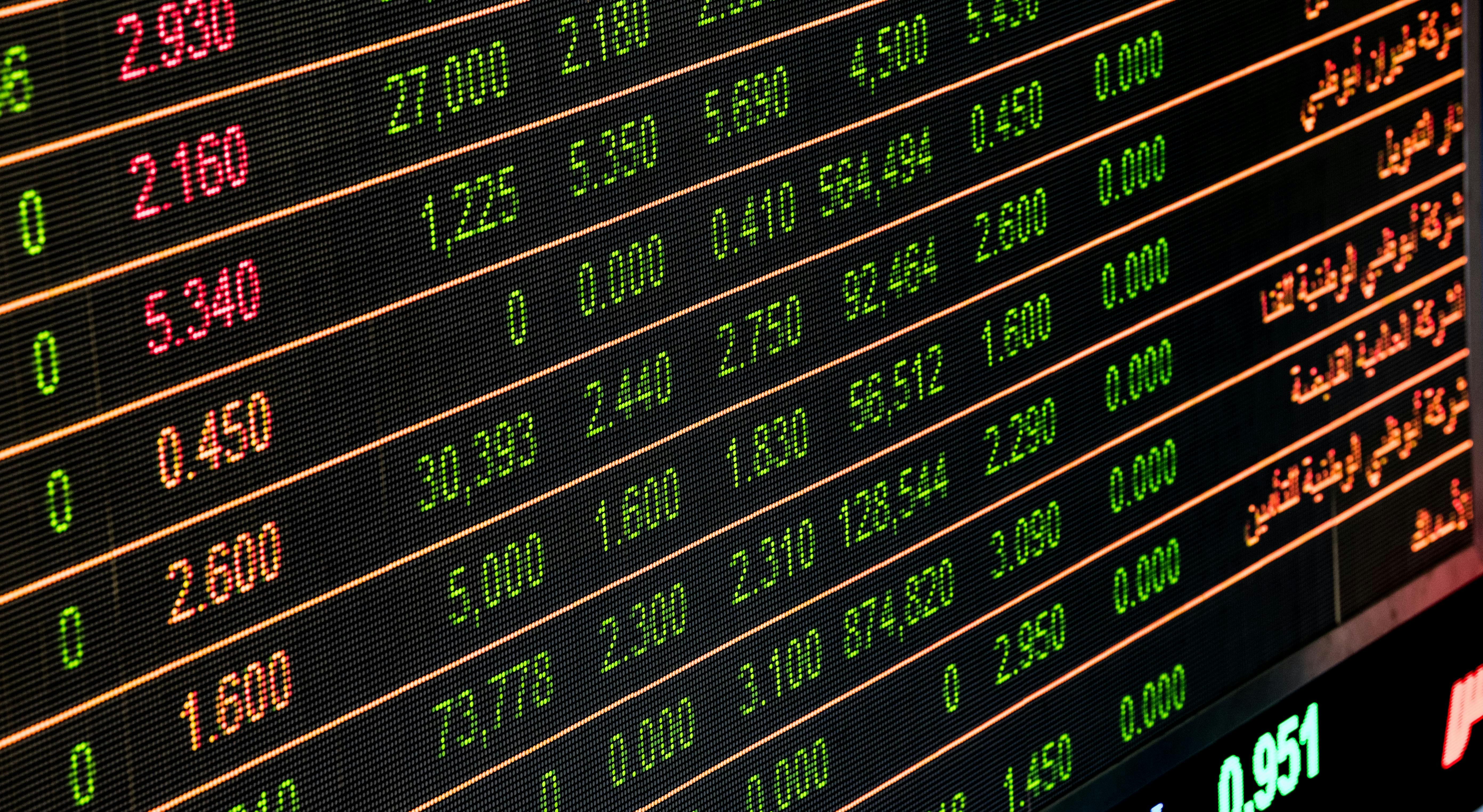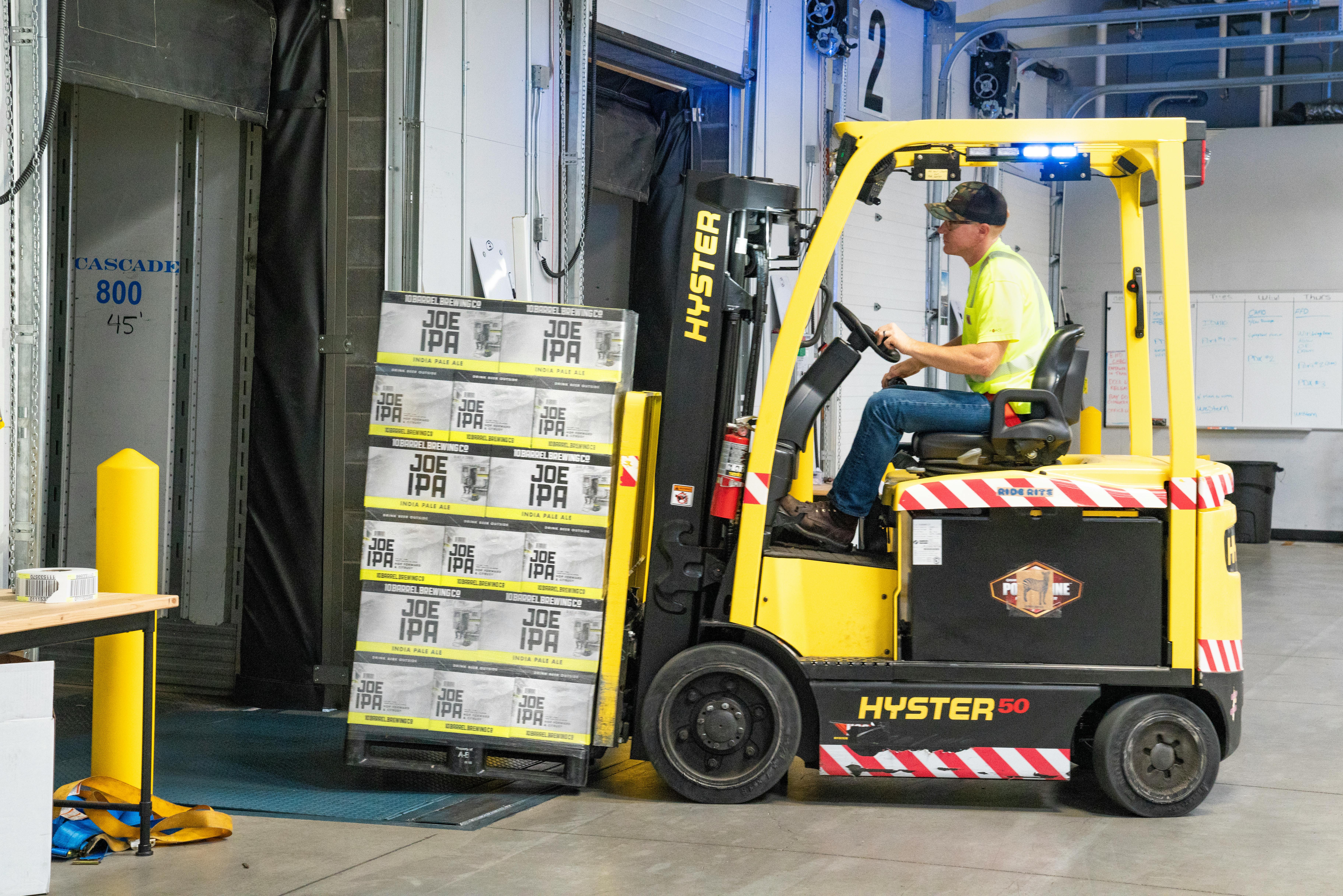
What is Physical Settlement vs Cash Settlement in Commodities?
Understand physical delivery versus cash settlement in futures contracts. Learn how settlement methods affect traders, hedgers, and commodity market participants.
When a futures contract reaches its expiration date, a fundamental question arises: How does the contract get settled? For anyone trading commodities, understanding settlement mechanisms isn't just technical minutiae—it's essential knowledge that affects everything from position management to risk exposure, from delivery logistics to final profitability.
The two primary settlement methods—physical delivery and cash settlement—represent fundamentally different approaches to closing out futures contracts. Physical settlement involves the actual exchange of the underlying commodity, while cash settlement involves only a financial payment based on price differences. Each method has profound implications for traders, hedgers, and speculators, influencing strategy, costs, and risks.
Settlement Methods at a Glance
Physical Settlement
Actual Delivery
Real commodity changes hands
Cash Settlement
Financial Only
No physical commodity involved
Example: Oil futures = Physical. Bitcoin futures = Cash settlement.
What is Physical Settlement?
Physical settlement means that when a futures contract expires, the seller must deliver the actual physical commodity to the buyer, and the buyer must pay for and accept that commodity. This involves real-world logistics: transportation, warehousing, quality inspection, and transfer of ownership.
How Physical Settlement Works
The physical settlement process typically unfolds like this:
- Contract expiration approaches: As the futures contract nears its last trading day, positions that remain open will be subject to delivery
- Delivery notice: The short position holder (seller) issues a delivery notice to the exchange, indicating intent to deliver
- Assignment: The exchange assigns the delivery notice to a long position holder (buyer), typically using first-in-first-out or random assignment
- Physical delivery: The seller arranges delivery of the commodity to an exchange-approved location
- Quality verification: The commodity is inspected to ensure it meets contract specifications
- Payment and transfer: The buyer pays the invoice price and takes possession of the commodity
Key Characteristics of Physical Settlement
- Actual commodity delivery: Real physical goods change hands, not just financial payments
- Specific delivery locations: Contracts specify where delivery must occur (e.g., Cushing, Oklahoma for WTI crude)
- Quality specifications: Detailed standards define acceptable commodity grades and qualities
- Delivery timing: Specific delivery windows or periods defined in contract terms
- Storage and logistics: Buyers must arrange for receiving, storing, and transporting the commodity
- Additional costs: Delivery fees, inspection costs, storage charges, and transportation expenses apply
Common Physically-Settled Futures
- Energy: Crude oil (WTI, Brent), natural gas, heating oil, gasoline
- Metals: Gold, silver, copper, platinum, palladium
- Agricultural: Corn, wheat, soybeans, cotton, cattle, hogs
- Softs: Coffee, cocoa, sugar, orange juice
What is Cash Settlement?
Cash settlement means that when a futures contract expires, instead of delivering the physical commodity, the contract is settled through a cash payment equal to the difference between the contract price and the final settlement price. No physical commodity changes hands—only money.
How Cash Settlement Works
- Contract expiration: The futures contract reaches its last trading day
- Final settlement price determined: The exchange establishes a final settlement price, typically based on the underlying spot market or a calculated index
- Mark-to-market calculation: The difference between the contract price and final settlement price is calculated
- Cash transfer: Profits or losses are credited or debited from trading accounts
- Positions close: All open positions in that contract automatically close
Example:
- You bought 1 S&P 500 futures contract at 4,500
- Final settlement price is 4,600
- Your profit: (4,600 - 4,500) × $50 multiplier = $5,000
- This $5,000 is credited to your account—no stock delivery occurs
Key Characteristics of Cash Settlement
- No physical delivery: Only financial transactions occur
- Simplified logistics: No storage, transportation, or inspection needed
- Automatic settlement: Positions settle automatically at expiration
- Index-based pricing: Settlement typically based on calculated index or average spot prices
- Lower transaction costs: No delivery or storage fees
- Accessible to all traders: No need for warehouse receipts or delivery capabilities
Common Cash-Settled Futures
- Equity indexes: S&P 500, Nasdaq 100, Dow Jones, Russell 2000
- Volatility: VIX futures
- Interest rates: Eurodollar futures, Treasury futures (some)
- Cryptocurrency: Bitcoin futures (CME), Ethereum futures
- Weather: Temperature futures, hurricane futures
- Economic indicators: Some commodities indexes, freight rates
Physical vs Cash Settlement: Key Differences
Logistics and Complexity
Physical Settlement:
- Requires infrastructure for receiving and storing commodities
- Involves quality inspection and verification
- Demands transportation and delivery coordination
- Can be expensive and logistically challenging
Cash Settlement:
- Purely financial—no logistics required
- Automatic settlement through clearinghouse
- Immediate and frictionless
- Lower operational costs
Market Participation
Physical Settlement:
- Favors commercial participants with delivery infrastructure
- Speculative traders must close positions before expiration to avoid delivery
- Creates natural liquidity constraints near expiration
Cash Settlement:
- Open to all participants regardless of delivery capability
- Positions can be held through expiration without concern
- Broader participation enhances liquidity
Price Discovery and Convergence
Physical Settlement:
- Forces convergence between futures and spot prices at expiration through arbitrage
- Physical delivery mechanism ensures price alignment
- Can create delivery squeezes or "corners" when supply is constrained
Cash Settlement:
- Convergence guaranteed by final settlement price calculation methodology
- Cannot be squeezed or cornered since no physical delivery occurs
- Settlement price based on broader market or index, reducing manipulation risk
Costs and Fees
Physical Settlement:
- Delivery fees charged by exchange
- Storage costs for receiving commodity
- Inspection and quality verification fees
- Transportation costs
- Potential quality discounts if commodity doesn't meet "par" specifications
Cash Settlement:
- No delivery or storage fees
- Settlement occurs automatically with minimal cost
- Only standard exchange and clearing fees apply
Why Settlement Method Matters for Different Market Participants
For Speculators and Traders
Physical Settlement Considerations:
Speculators trading physically-settled contracts must close positions before expiration to avoid delivery obligations. Failing to do so can result in unexpected delivery notices requiring you to accept (and pay for) thousands of barrels of oil, tons of wheat, or ounces of gold you never intended to own.
Key actions:
- Monitor first notice day (when delivery notices can begin)
- Close positions well before last trading day
- Roll positions to later contract months if maintaining exposure
- Understand delivery procedures to avoid costly mistakes
Cash Settlement Benefits:
Cash-settled contracts are speculator-friendly. You can hold positions through expiration without worrying about delivery logistics, storage, or unexpected commodity ownership. Settlement happens automatically.
For Commercial Hedgers
Physical Settlement Advantages:
Commercial participants who actually produce or consume commodities often prefer physical settlement because it aligns hedging with physical business operations:
- Producers: Can deliver production directly against futures contracts, simplifying sales and ensuring price realization
- Consumers: Can accept delivery through futures, securing physical supply at hedged prices
- Basis management: Physical delivery helps manage basis risk between local cash markets and futures prices
Cash Settlement Uses:
Even commercial participants sometimes prefer cash settlement for:
- Hedging price risk without needing exact delivery timing
- Avoiding logistics when buying/selling in different locations
- Simplifying accounting and reducing operational complexity
For Commodity ETFs and Funds
Physical Settlement Challenges:
Commodity ETFs holding physically-settled futures contracts must roll positions monthly to avoid delivery. This creates the roll costs we discussed earlier. Physical settlement requirements force these rolls, impacting long-term returns.
Cash Settlement Advantages:
ETFs holding cash-settled contracts can hold through expiration without rolling, though most still roll to maintain consistent exposure in liquid contracts. Cash settlement eliminates delivery risk and simplifies fund operations.
Real-World Examples and Case Studies
Example 1: WTI Crude Oil Negative Prices (April 2020)
Situation: WTI crude oil futures spectacularly went negative in April 2020, trading as low as -$40 per barrel on the day before expiration.
Why it happened: WTI crude futures require physical delivery at Cushing, Oklahoma. With storage nearly full due to COVID-19 demand collapse, traders holding long positions faced a nightmare: they would be forced to accept delivery of oil with nowhere to store it. Rather than take delivery, traders paid others to take positions off their hands, driving prices negative.
Lesson: Physical settlement can create extreme price distortions when delivery infrastructure becomes constrained. This cannot happen with cash-settled contracts.
Example 2: Natural Gas Storage Constraints (Recurring)
Situation: Natural gas futures contracts specify delivery at specific pipeline hubs. When storage at these locations approaches capacity, basis blowouts occur— local prices diverge dramatically from futures prices.
Impact: Traders expecting to deliver against futures discover local spot prices differ significantly from futures settlement prices, creating unexpected basis risk despite hedging.
Lesson: Physical settlement creates location-specific delivery risks that cash settlement avoids.
Example 3: Bitcoin Futures Success (CME)
Situation: CME launched cash-settled Bitcoin futures in 2017, allowing institutional investors to gain Bitcoin exposure without holding actual cryptocurrency.
Why cash settlement: Physical delivery of Bitcoin would require custody infrastructure, security protocols, and blockchain management that many institutions lack. Cash settlement removes these barriers.
Outcome: Cash-settled Bitcoin futures became widely successful, enabling billions in institutional capital to access crypto markets through familiar regulated futures contracts.
Lesson: Cash settlement can democratize access to assets where physical delivery is impractical or complex.
Example 4: Gold Delivery Squeeze Potential
Situation: Gold futures are physically settled with delivery at approved vaults. During periods of high demand or supply disruptions, questions arise about sufficient deliverable gold.
Concerns: If speculators collectively demanded delivery exceeding available exchange stocks, a delivery squeeze could occur, distorting prices.
Reality: While theoretically possible, delivery squeezes are rare due to exchange monitoring, position limits, and market maker intervention. However, the risk exists with physical settlement in ways it cannot with cash settlement.
Hybrid Approaches and Alternatives
Financially-Settled with Physical Delivery Option
Some contracts offer cash settlement as default but permit physical delivery by mutual agreement. This provides flexibility: most positions settle financially, but commercial participants can arrange delivery when desired.
Exchange for Physical (EFP)
EFP transactions allow parties to exchange futures positions for physical commodity off-exchange, providing flexibility in delivery location, timing, and quality. This effectively creates physical settlement outside the standard contract terms.
Physically-Backed ETFs vs Futures-Based ETFs
For investors, an alternative to futures contracts is physically-backed ETFs:
- Physically-backed: ETFs like GLD (gold) and SLV (silver) hold actual physical metal in vaults, avoiding futures settlement issues entirely
- Futures-based: ETFs like USO (oil) or UNG (natural gas) hold futures contracts and face settlement and roll cost issues
For storable commodities like precious metals, physical backing eliminates roll costs and settlement complications.
Common Mistakes and Misconceptions
Mistake 1: Holding Physically-Settled Contracts Into Expiration
Error: Speculators unintentionally holding positions past first notice day
Consequence: Receiving delivery notice and being obligated to accept and pay for physical commodity
Prevention: Always close speculative positions well before first notice day. Set calendar reminders and use broker alerts.
Mistake 2: Assuming All Commodities Settle the Same Way
Error: Not checking settlement method before trading
Reality: Settlement methods vary by contract. Even similar commodities might have different settlement terms across exchanges.
Prevention: Always review contract specifications before trading to understand settlement procedures.
Mistake 3: Ignoring Delivery Location in Physical Contracts
Error: Not considering where delivery occurs and associated logistics
Consequence: Unexpected costs or impractical delivery locations for commercial participants
Prevention: Commercial hedgers should verify delivery points align with business locations and capabilities.
Mistake 4: Believing Cash Settlement Eliminates All Risk
Error: Assuming cash-settled contracts have no settlement risk
Reality: Settlement price calculation methodology can create unexpected results, especially if based on illiquid spot markets or disputed indexes
Prevention: Understand how final settlement prices are determined for cash-settled contracts.
Key Takeaways
- Physical settlement requires actual commodity delivery, involving logistics, storage, and quality verification
- Cash settlement involves only financial payments based on price differences—no physical commodity changes hands
- Physical settlement creates convergence through arbitrage but adds complexity and costs
- Cash settlement is simpler and more accessible, enabling broader market participation
- Speculators must avoid delivery on physically-settled contracts by closing positions before expiration
- Commercial hedgers often prefer physical settlement for aligning futures with business operations
- Settlement method significantly impacts ETF structure and returns, particularly regarding roll costs
- Physical settlement can create delivery squeezes when supply or storage is constrained
- Different contracts use different settlement methods—always check contract specifications
- Understanding settlement mechanics is essential for effective position management and risk control
Related Topics on SpotMarketCap
Conclusion
Settlement method is one of the most fundamental characteristics of any futures contract, yet it's often overlooked by traders who focus exclusively on price movements. Whether a contract settles physically or in cash affects everything: who can trade it, when you must exit, what costs you'll incur, and what risks you face.
Physical settlement connects futures markets directly to the real economy of production, consumption, storage, and transportation. It ensures that futures prices ultimately converge with physical market realities through the discipline of actual delivery. But this connection comes with complexity: warehouses, transport logistics, quality inspections, and the ever-present risk of delivery squeezes when physical supply becomes constrained.
Cash settlement, in contrast, offers elegant simplicity. Prices are settled mathematically through index calculations or reference prices, requiring no logistical infrastructure and open to anyone with a trading account. But this simplicity comes with a tradeoff: the settlement mechanism must be carefully designed to prevent manipulation and ensure fair final prices.
For most speculators and financial investors, cash-settled contracts offer simpler, cleaner exposure without delivery concerns. For commercial participants deeply embedded in physical commodity supply chains, physically-settled contracts provide valuable tools for managing real-world inventory and production.
Before trading any futures contract, always verify its settlement method. Understand the implications for your trading strategy, exit timing, and potential obligations. This simple check can prevent costly mistakes and ensure your futures trading aligns with your capabilities and objectives. Settlement method matters—ignore it at your peril.
Track Real-Time Asset Prices
Get instant access to live cryptocurrency, stock, ETF, and commodity prices. All assets in one powerful dashboard.
Related Articles

What is Normal Backwardation? Keynes' Theory Explained
Discover John Maynard Keynes' theory of normal backwardation and how risk premiums compensate speculators in commodity futures markets. Essential economics explained.

What is Convenience Yield? Why Storing Commodities Matters
Learn about convenience yield—the hidden value of holding physical commodities. Understand how it affects futures prices, backwardation, and commodity investment returns.

What is Basis in Commodity Trading? Spot-Futures Relationship Explained
Master the concept of basis in commodity trading—the critical difference between spot and futures prices. Essential knowledge for hedgers, traders, and investors.